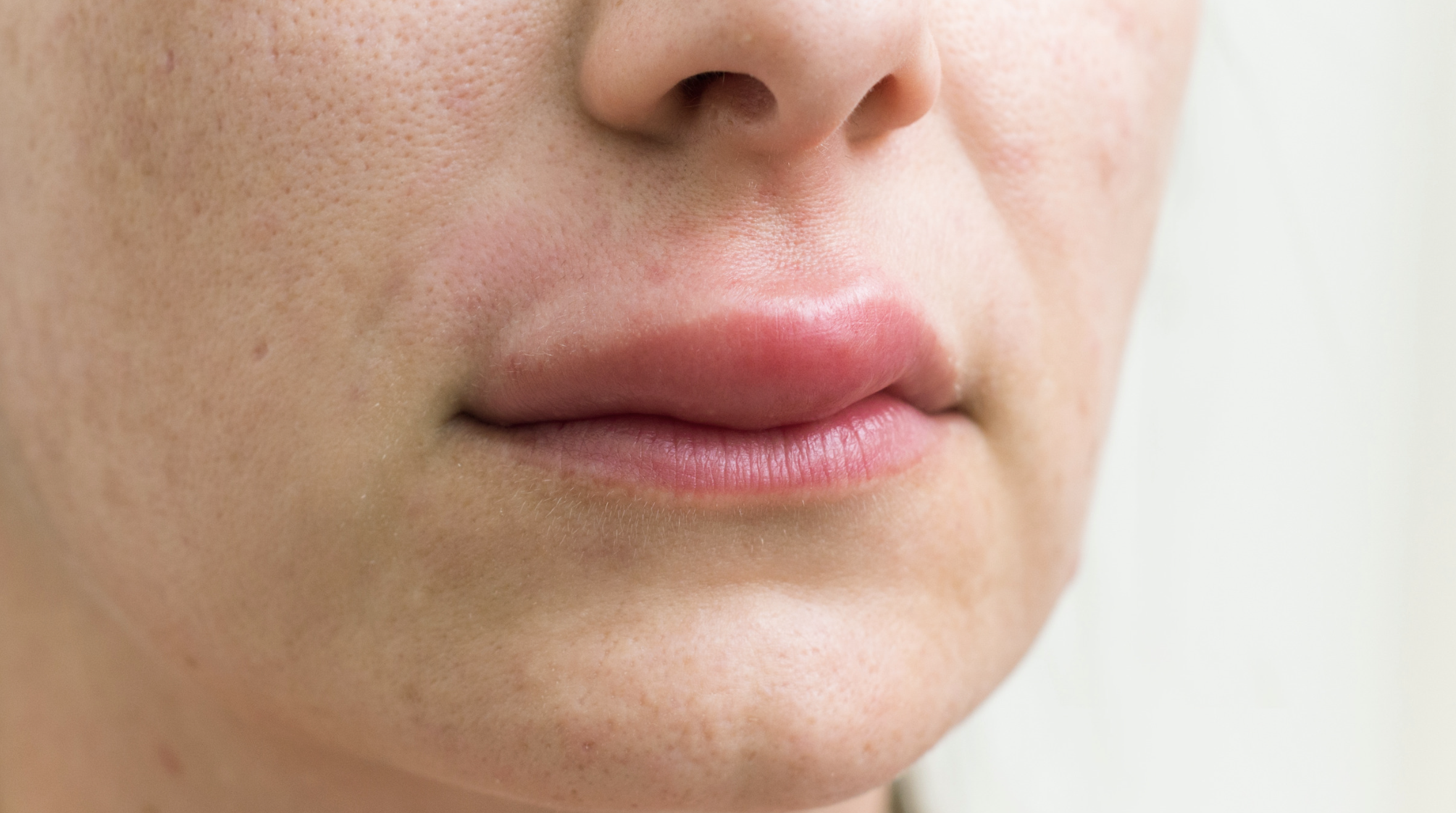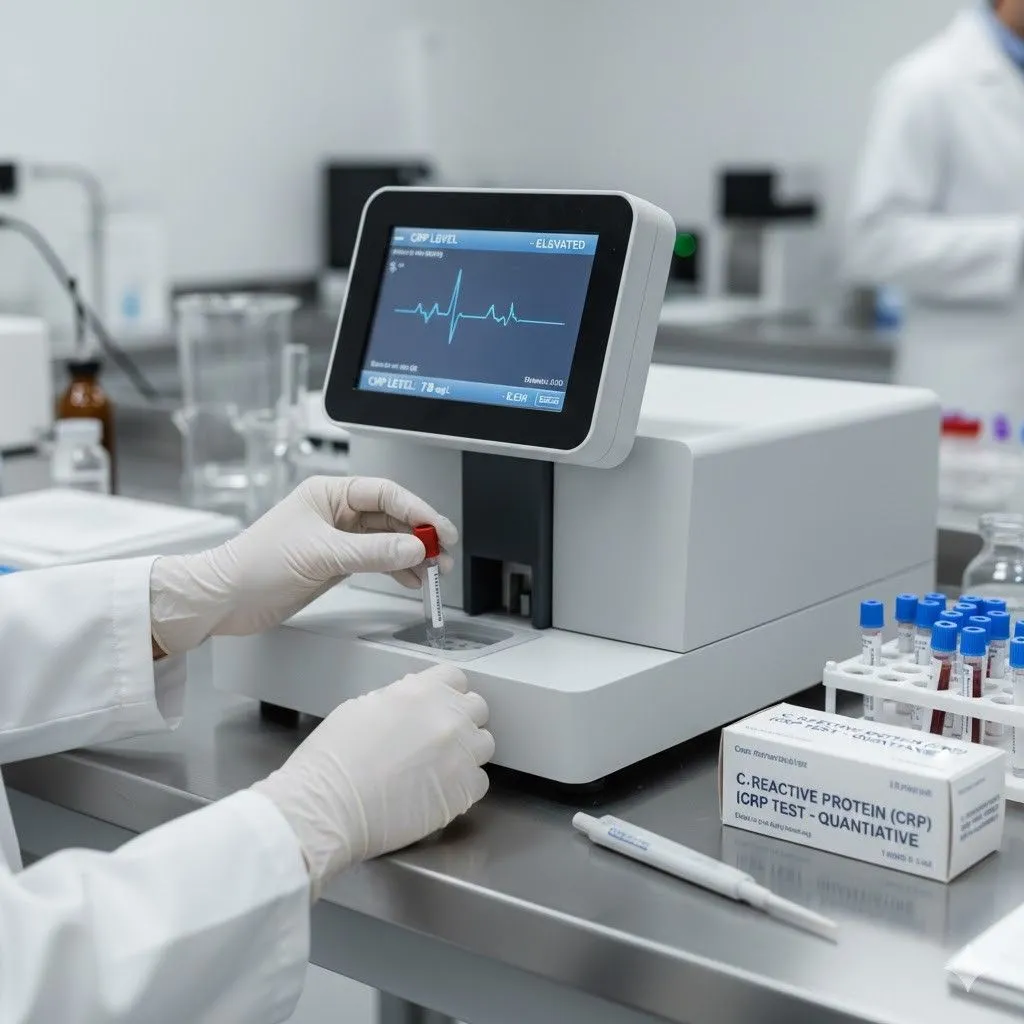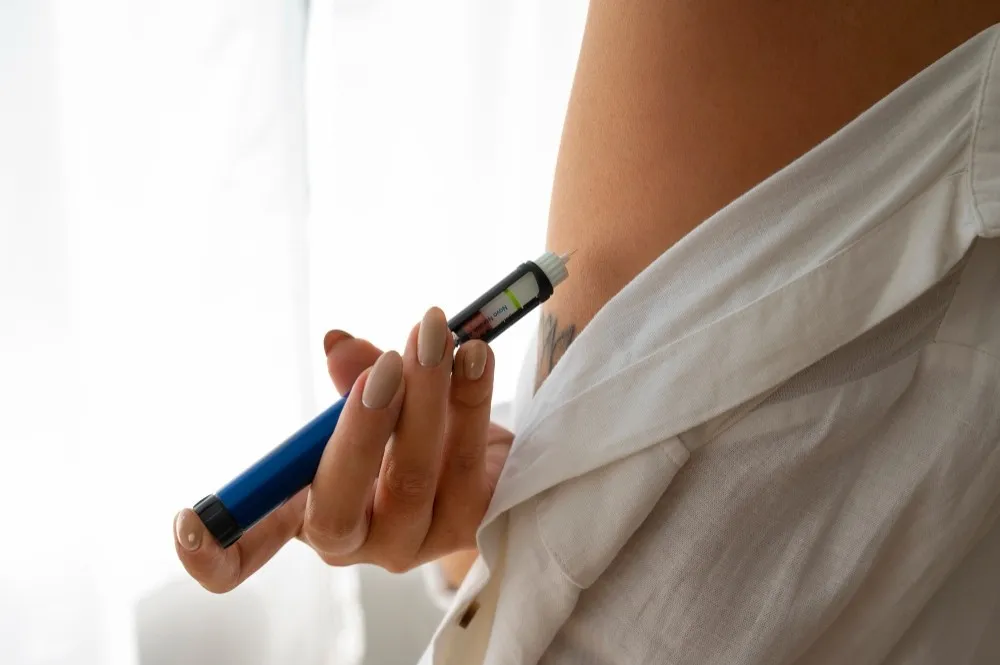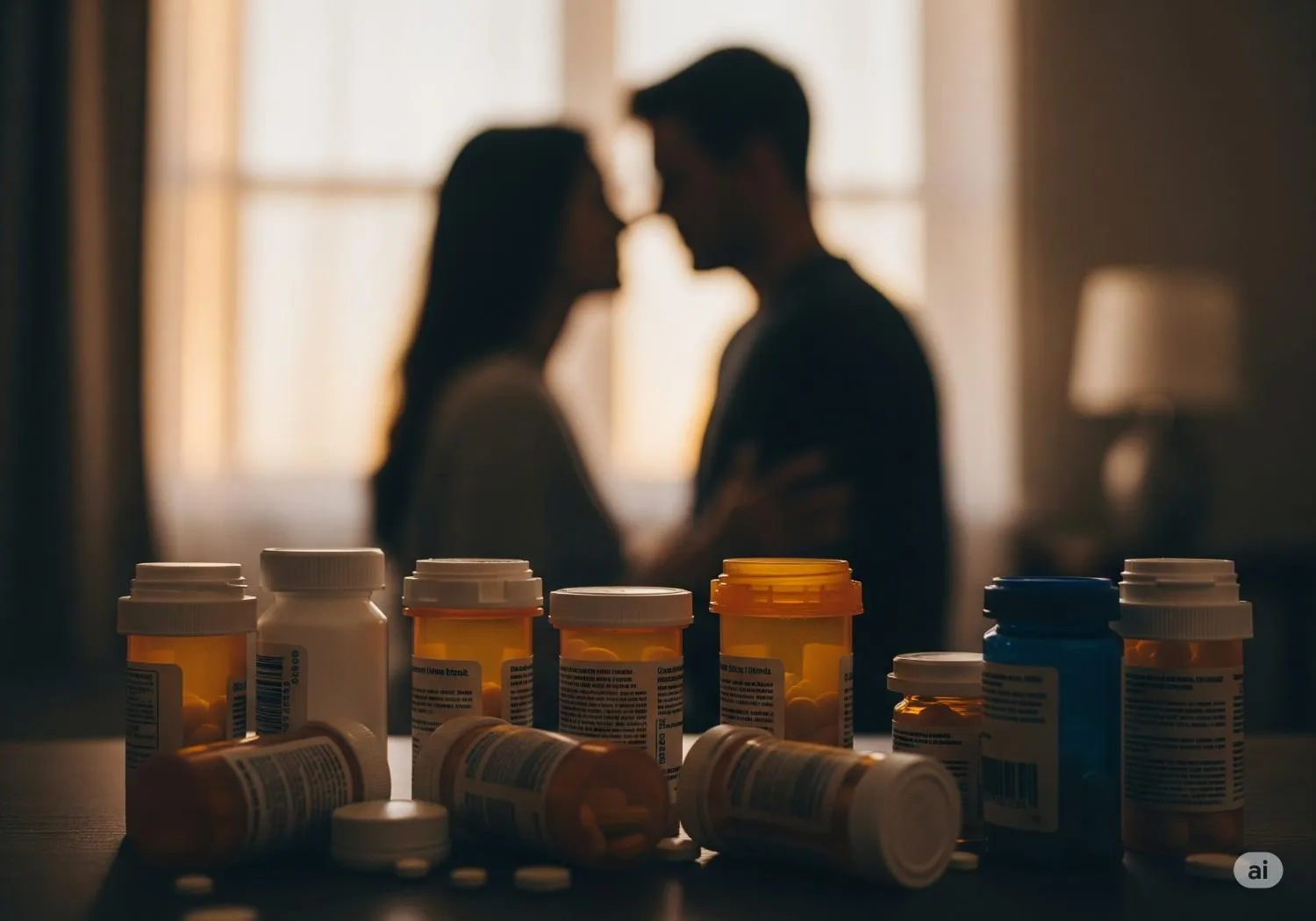Ever taken an antibiotic and felt worse before feeling better? Flucloxacillin can be that kind of medicine. While it fights infections hard, it sometimes hits your body hard too. From stomach trouble to liver warning signs, this drug does more than just stop bacteria. So the question is, are you aware of what flucloxacillin could do besides healing you?
This isn’t about fear. It’s about facts. Flucloxacillin works well for infections, but it also comes with some surprises. Not all side effects are serious, but a few might need attention fast.
Let’s go through flucloxacillin uses, its working method, potential side effects, and how to manage them properly.
What Does Flucloxacillin Do in the Body?
Flucloxacillin is a penicillin-type antibiotic. It stops bacteria from making cell walls. Without that, the bacteria die off.
Doctors use flucloxacillin to treat:
-
Skin infections
-
Ear infections
-
Bone infections
-
Respiratory infections
-
Soft tissue infections
-
Septicemia
-
Meningitis
So, how does Flucloxacillin work?
- It works by breaking down the support system of bacteria. The bacteria can’t grow or spread.
- The body’s immune system clears out what’s left.
Flucloxacillin is not broad-spectrum. It’s targeted. It hits gram-positive bacteria, especially Staph. One number you should know, around 8.5 out of 100,000 first-time users can develop cholestatic liver issues within 45 days.
Sometimes, it’s the first defense, and sometimes, it’s a backup plan. Either way, it must be taken on schedule. Skipping doses lets bacteria fight back, and taking too much builds resistance.
Potential Flucloxacillin Side Effects You Should Know
Even though it’s effective, flucloxacillin can cause side effects. Most are minor. Some go away quickly. Others may need a doctor's help.
Common Side Effects
These are mild side effects that can go away quickly.
1. Nausea and Vomiting
-
These side effects subside once the drug gets out of the system.
-
How to manage: Take the medicine with some food to ease the stomach.
2. Upset Stomach
-
The most common side effects of oral tablets that occur with pain, bloating, or discomfort.
-
How to manage: Eat smaller meals and do not immediately lie down after taking the tablet.
3. Diarrhea
-
This side effect is especially common in children.
-
How to manage: Drink a lot of water and avoid soicy foods. If it persists or worsens, seek medical help.
4. Mild Skin Rash
-
This develops as a reaction of the immune system to the drug due to an allergic response.
-
How to manage: If it worsens or spreads, consult a doctor. Antihistamines may be recommended.
5. Bloating
-
This comes from gut disruption, which leads to fewer friendly or good bacteria, which contributes to slowing down the digestion.
-
How to manage: Consume smaller and more frequent meals, take probiotic-rich foods, and avoid gas-producing foods (such as cruciferous vegetables and carbonated beverages) while taking this medicine.
6. Thrush
-
People may develop oral thrush (white patches in the mouth or throat), most common in kids and elderly people, and vaginal thrush (itchy and sore vagina with discharge).
-
How to manage: Maintain good oral and vaginal hygiene. If symptoms persist, seek antifungal treatment like clotrimazole for vaginal thrush and nystatin for oral thrush from professionals.
7. Abdominal Pain
-
Usually, mild aches or cramps may develop in the abdomen after taking the medicine.
-
How to manage: Take the medicine with a full glass of water, and also do not lie down immediately after taking it. Seek medical help if pain worsens or persists.
Severe Side Effects
Consult a doctor immediately if you see any of these serious side effects, as they can cause complications if not treated well:
1. Allergic Reactions (for example, Anaphylaxis)
-
Symptoms: Swelling of the lips, face, or throat, severe skin rashes or itching, and trouble breathing.
-
How to manage: Discontinue the use of the medicine and immediately seek emergency help from professionals. Inform about your allergy history if you have any.
2. Liver Problems (such as Cholestatic Jaundice)
-
Symptoms: Yellowing of the eyes and skin, pale stools, fatigue, and dark urine. Research shows that this medicine can develop cholestatic liver issues after its prolonged use.
-
How to manage: Discontinue the medicine and consult the healthcare providers immediately. They may run a blood test for early detection of liver issues.
3. Severe Diarrhea (like C. Difficile Infection)
-
Symptoms: Bloody or watery stools, abdominal pain, and fever.
-
How to manage: Stop taking the medicine and immediately see a doctor. Do not take anti-diarrheal medicines unless recommended.
4. Hepatitis
-
Symptoms: Feeling unwell, loss of appetite, nausea, vomiting, itching, dark colored urine, and fever.
-
How to manage: Stop the medicine instantly and seek urgent medical
5. Stevens-Johnson Syndrome
-
Symptoms: Flu-like symptoms (fever, sore throat, cough, and headache), painful and spreadable rash, eye pain, skin peeling, sores & blisters on the mouth, genitals, throat, and anus.
-
How to manage: Immediately discontinue the use of the medicine and see a doctor. This skin condition requires hospitalization for supportive medical treatment and prevention of complications.
6. Neutropenia (Lower White Blood Cell (WBCs) Count)
-
Symptoms: Frequent infections, sore throat, fatigue, and unexplained fatigue.
-
How to manage: Stop taking the medicine and immediately consult a doctor. The providers may help with blood tests and alternative antibiotics or other treatments to restore normal levels of WBCs.
Other Severe but Rare Side Effects:
-
Arthralgia (pain in joints)
-
Thrombocytopenia (low platelet count)
-
Eosinophilia (high white blood cell count)
-
Myalgia (pain in one or more muscles)
-
Interstitial nephritis (inflammation between kidney tubules)
-
Erythema multiforme (skin condition marked by red and raised lesions in the skin)
-
Toxic epidermal necrolysis (severe and fatal skin reaction that causes peeling and blistering of skin and mucous membranes)
Flucloxacillin Side Effects at a Glance
|
Side Effect |
Common? |
When to See a Doctor |
|
Upset stomach |
Yes |
Only if pain is strong |
|
Nausea & vomiting |
Yes |
If it won’t stop |
|
Diarrhea |
Yes |
With blood or lasting >3 days |
|
Thrush |
Yes |
If mouth pain gets worse |
|
Liver issues (e.g., jaundice) |
No |
Right away |
|
Allergies (rash, swelling) |
Yes |
Immediate care if breathing is hard |
|
Dark urine |
No |
If persists |
How Long Do Flucloxacillin Side Effects Last?
Most side effects stop when the course ends. Mild ones like gas or mild nausea may clear in 1–2 days.
Others, like liver irritation, may show weeks later. That’s because your liver takes time to show symptoms.
If anything feels wrong after stopping the drug, keep a note. Tell your doctor during follow-up. Long-term effects are rare but can happen.
Who’s at Higher Risk of Developing Side Effects?
The following individuals are at a higher risk of developing Flucloxacillin side effects:
-
Individuals with a history of penicillin allergy
-
Older adults (over 65 years of age)
-
Those with kidney and liver issues and asthma
-
Individuals using flucloxacillin for a prolonged period
Tips to Manage Flucloxacillin Side Effects
-
Take With Food: Even if not required, it may help ease your stomach.
-
Stay Hydrated: Drink water to flush the system.
-
Probiotics: Ask your doctor before starting. They help restore gut balance.
-
Liver Check: A blood test can spot early liver problems.
-
Allergy Note: Tell your doctor if you have reacted to any penicillin before.
Never self-prescribe. Always finish the course. And never mix flucloxacillin with alcohol unless your doctor says it’s fine.
How to Safely Take Flucloxacillin: Usage Tips
To ensure the effectiveness and avoid the risk of side effects of Flucloxacillin:
-
Take the dose as recommended and at the same time daily for best results.
-
Have it 1 hour before or 2 hours post your meal to avoid interference of foods with the absorption process.
-
Always complete your course to fully get rid of the infection, alleviate the chances of recurrence, and prevent antibiotic resistance.
-
Have it whole and do not crush, break, or chew the tablet unless advised.
-
Do not take more than the prescribed dose, as it can lead to side effects.
-
Store Flucloxacillin syrup properly by tightly closing the bottle, keeping it in a refrigerator at 2°C-8°C for 7 days, and avoiding freezing it to ensure its effectiveness and prevent bacterial contamination.
-
Do not miss the dose, as it can reduce the drug’s effect, and avoid taking double doses to compensate for the missed doses, as it can increase the risk of side effects.
-
If you double the dose and experience overdose symptoms, like nausea, diarrhea, and vomiting, immediately seek medical help or go to the nearest hospital.
Note: The best advice is to stick to the dosing schedule recommended by your doctor.
Important Precautions and Recommendations
To reduce the risk of side effects of Flucloxacillin, take the following precautions:
-
If you are allergic to penicillin, Flucloxacillin, or any other medicines, inform your doctor.
-
To avoid drug-to-drug interaction, inform your doctor about your current medicines, such as blood clotting medicines (e.g., warfarin), chemotherapy drugs (e.g., methotrexate), medicine for gout (example, probenecid), and other antibiotics (such as macrolide or tetracycline antibiotics).
-
Take it on an empty stomach for proper absorption.
-
Complete the full course recommended by a doctor to prevent the chances of antibiotic resistance (where bacteria fight off the effects of the antibiotic).
-
Do not discontinue its use unless recommended by a doctor, even if you start noticing improvements in your symptoms.
-
Though a 2020 study says that alcohol can be taken with penicillins, you can avoid it to reduce the risk of unpleasant side effects.
-
Always consult your gynecologist before taking this medicine during pregnancy and the breastfeeding phase. The providers can help determine the benefits and risks of this medicine.
-
Take the medicine under the guidance of medical professionals if you have a history of any liver or kidney issues, or any other major diseases.
-
The medicine should be used cautiously in elderly people with renal or liver impairment due to the risk of developing cholestatic hepatitis.
-
Tell the healthcare providers if you are undergoing a surgery or the effects of anesthesia. This is because the medicine may affect liver function and interact with anesthetic agents, which can impact the response of the body to anesthesia and recovery after surgery.
-
It should be used with caution in the elderly, patients with renal impairment where a reduced dose is required, and those with hepatic impairment, due to the risk of cholestatic hepatitis.
Dietary and Lifestyle Advice
Follow these guidelines to avoid side effects:
-
Take probiotic-rich foods after Flucloxacillin treatment to prevent the risk of antibiotic-induced diarrhea.
-
Consume fermented foods such as cheese, kimchi, yogurt, and sauerkraut to restore the beneficial bacteria in your gut and alleviate the risk of bloating.
-
Add good sources of fiber (such as whole grains, legumes, fruits, and vegetables) to your diet, as they are easily digestible by gut bacteria. This helps promote gut bacteria growth and prevent stomach-related issues.
-
Avoid Flucloxacillin and alcoholic beverages, as they can contribute to dehydration and disturb your sleep. This, in turn, makes it challenging for the body to assist this medicine in fighting against infections.
-
Drink a lot of water or other healthy fluids throughout the day to support kidney function, and effectively get rid of infection while reducing side effects such as stomach irritation.
What Makes Flucloxacillin Different from Other Antibiotics?
Flucloxacillin is narrow-spectrum. It only targets specific bacteria. That means less damage to your gut microbiome.
Unlike broad-spectrum antibiotics:
-
It’s less likely to lead to resistance if used right
-
It works fast for staph infections
-
It doesn’t treat viral infections
That’s why doctors choose it carefully. And that’s also why it’s not given over the counter.
Should Children Take Flucloxacillin?
Yes, but with care. Children get smaller doses. The drug form might be syrup instead of pills.
Doctors prescribe it for:
-
Skin wounds
-
Ear infections
-
Strep throat
-
Minor bone infections
Side effects in kids mirror adults: stomach pain, thrush, or mild rash. Kids may also be fussier due to discomfort. If symptoms worsen, check in with a pediatrician.
Can You Drink Alcohol While on Flucloxacillin?
Yes, but moderation matters. Alcohol doesn’t cancel the drug. But if your liver’s already under stress, alcohol makes it worse.
Avoid mixing if:
-
You feel nauseous already
-
You have liver problems
-
You’re on other medications
Better to wait until your course is done.
Flucloxacillin Dosage Tips
-
Always complete your course
-
Take it at the same time daily
-
Do not crush tablets unless advised
-
Store syrup form
Missing doses reduce the drug’s effect, and doubled doses cause side effects. Stick to the schedule your doctor gives.
Best Substitutes for Flucloxacillin
If you are allergic to penicillin or when flucloxacillin is showing some side effects, the doctor may prescribe these alternatives based on your infection and overall health.
Those include:
-
First-generation cephalosporins (for example, Cephalexin and Cefaclor)
-
Macrolides (like Erythromycin and Clarithromycin
-
Doxycycline
-
Co-trimoxazole
-
Ceftriaxone
-
Glycopeptides (such as Vancomycin and Teicoplanin)
-
Cloxacillin
-
Augmentin (amoxicillin/clavulanate)
Conclusion
Flucloxacillin helps the body fight hard infections. But side effects can tag along. You may get some bloating, maybe a rash, or even joint pain. Rarely, it affect your liver.
The best way to use flucloxacillin? Know what to expect. Watch for side effects. Track what changes. And if anything feels off, talk to your doctor. Most of the time, it’s safe, strong, and reliable.
Finish the full course. Avoid self-medication. Respect the dosage. And stay informed.
Disclaimer: This information is intended for educational purposes only. Always consult a medical professional before using any medication to avoid the risk of side effects, especially in case of serious health problems.
Frequently Asked Questions
Can I take flucloxacillin with antacids?
No, antacids can affect absorption. Take them at least 2 hours apart.
Will flucloxacillin affect birth control pills?
Unlikely. But during strong antibiotics, using backup contraception is still a safe choice
What should I do if I vomit after a dose?
If it happens within 30 minutes, take another dose. If it’s later, skip it and continue with the next one.
Is it safe to take flucloxacillin during pregnancy?
Yes, usually. But only under a doctor’s advice. Always share your pregnancy status before starting antibiotics
Can I take flucloxacillin if I have a penicillin allergy?
No. Flucloxacillin is a penicillin. Any allergy means you should avoid it. Ask your doctor for alternatives.
What if your child vomits after a dose of Flucloxacillin?
If this happens in less than 30 minutes of taking flucloxacillin, give your child the same amount of dose again.
-User-1754377709.png)
Reviewed by







